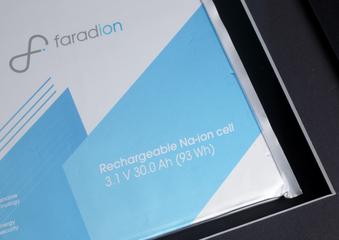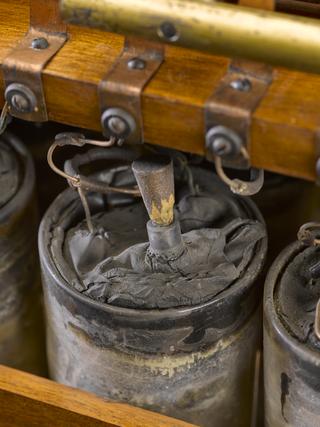Ferranti alternator no.8, around 1882
Main body of Ferranti alternator (also known as an alternating current dynamo) – model number 8. Designed by Sebastian Ziani de Ferranti and made in London in 1882.
More
Sebastian Ziani de Ferranti had an idea that changed the world. He believed that generating electricity on a large scale was more efficient than using lots of small local power stations. He built the world’s first central power station at Deptford. Ferranti took advantage of the way high voltage AC (alternating current) is more reliably and efficiently transmitted over long distances than DC (direct current).
Ferranti was 16 when he designed his first AC dynamo, also known as an alternator. It had a revolutionary design and produced five times as much power as any other alternator of its size. He worked with the scientist Sir William Thomson, later Lord Kelvin, on the design and sold his first machine in 1881.
- Measurements:
-
Overall: 803 mm x 804 mm x 905 mm, 660 kg
- Materials:
- brass (copper, zinc alloy) and metal (unknown)
- Object Number:
- Y1996.10.626/1
- type:
- alternator






